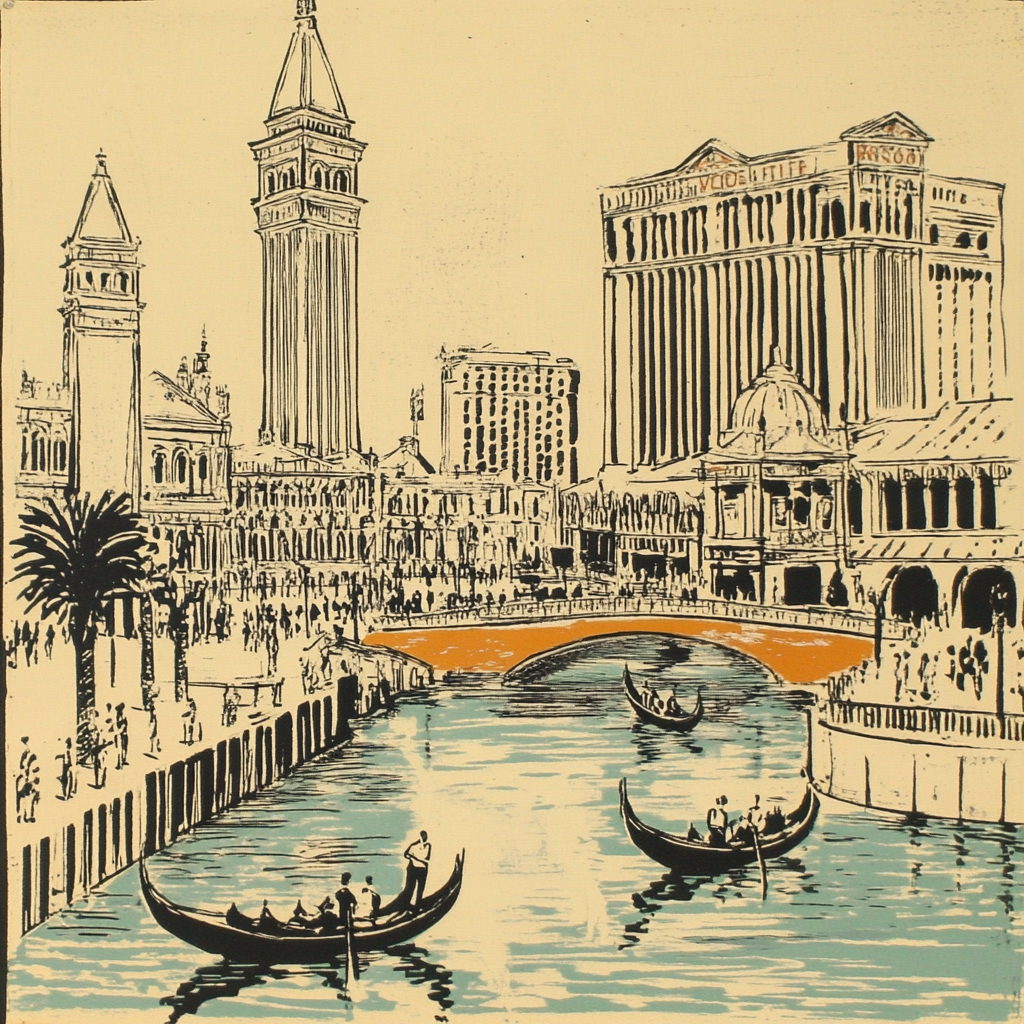
Las Vegas's Venetian and New York's faux-ancient institutions share a funny secret: they're both playing dress-up, just on different timescales. The Venetian is obvious about it - everyone knows those canals weren't carved by medieval Italians. But walk through a prestigious New York building with its stone gargoyles and Gothic arches, and you're seeing the same thing in slow motion - Americans of the 1800s playing pretend, just more convincingly.
They weren't trying to deceive exactly. They wanted their young institutions to feel established and important. So they borrowed the aesthetics of old European buildings, added some Latin mottos, and invented elaborate traditions. It worked almost too well - now we see these relatively young buildings and genuinely feel the weight of centuries. We forget that someone deliberately chose each of those granite blocks and Gothic touches, the same way Vegas architects chose their fiberglass facades.
The difference is that Vegas owns its artifice while older American institutions have forgotten theirs. It's worth remembering that most of what feels "ancient" in America was quite consciously manufactured. Those ivy-covered walls were built by people who knew exactly what they were doing - creating the appearance of history rather than waiting for it to happen naturally. There's something oddly democratic about that: if we can build gravitas from scratch in a few generations, what else might we build?